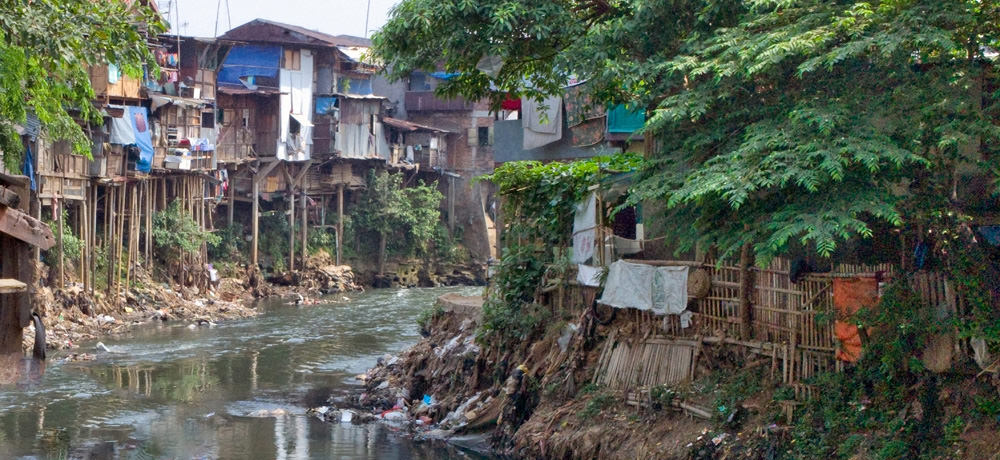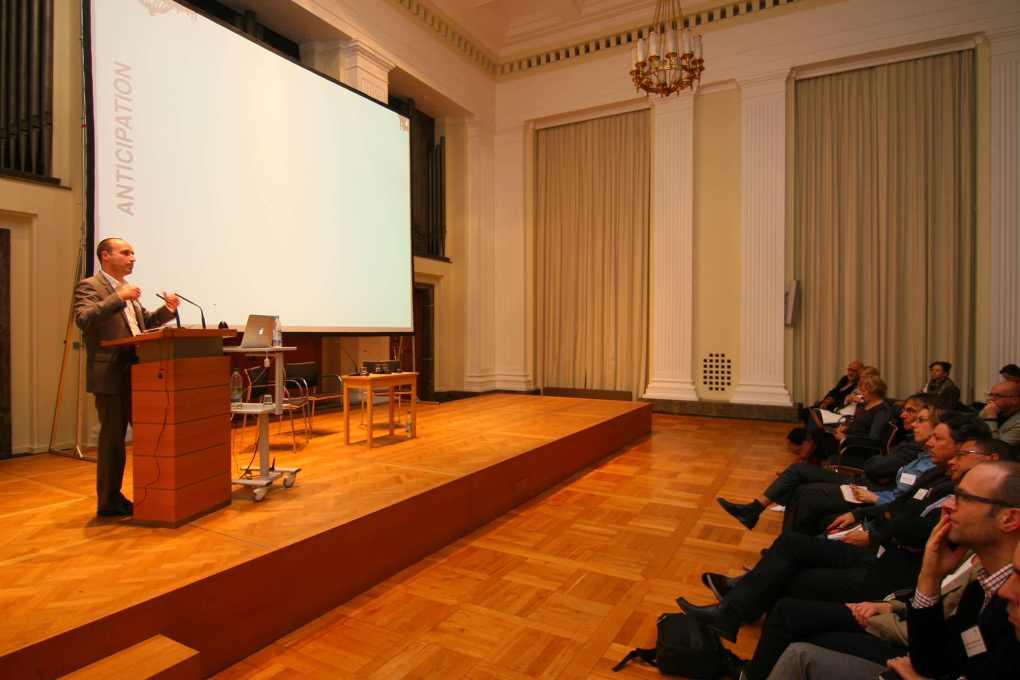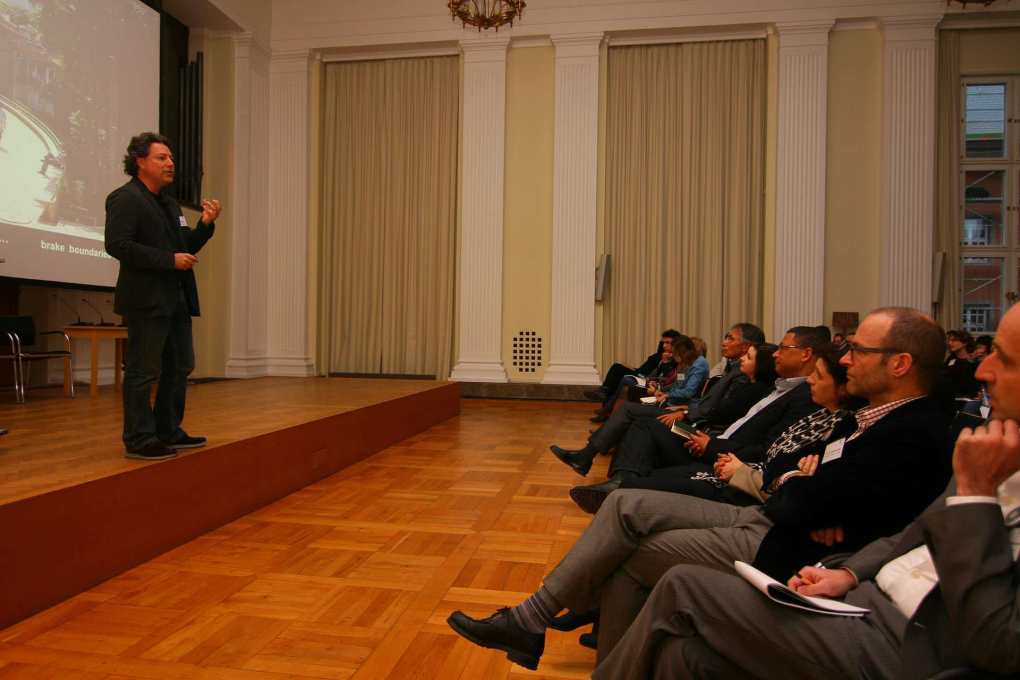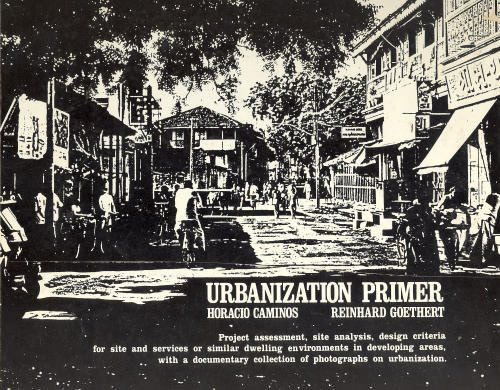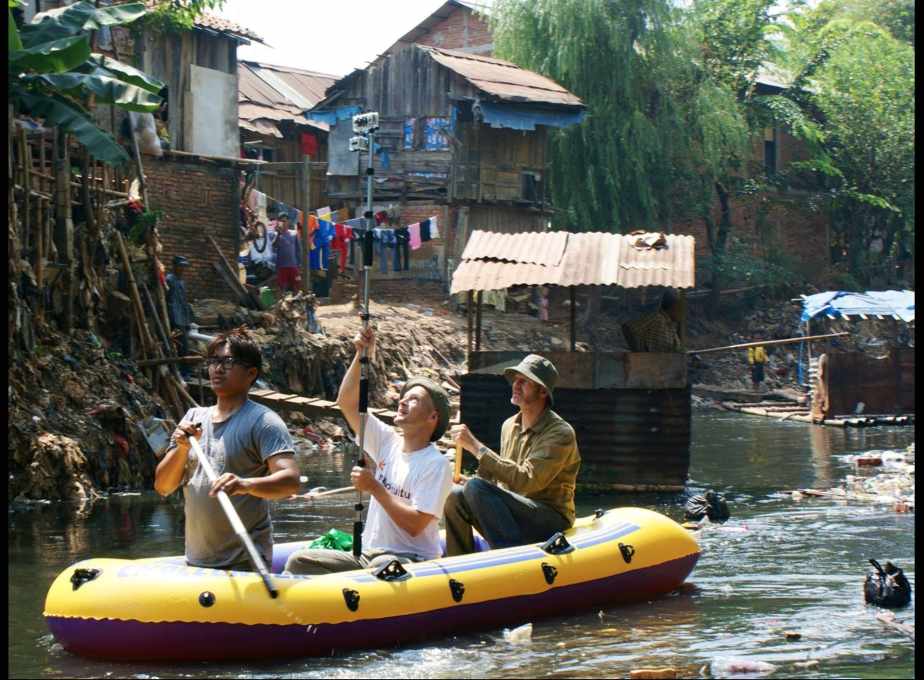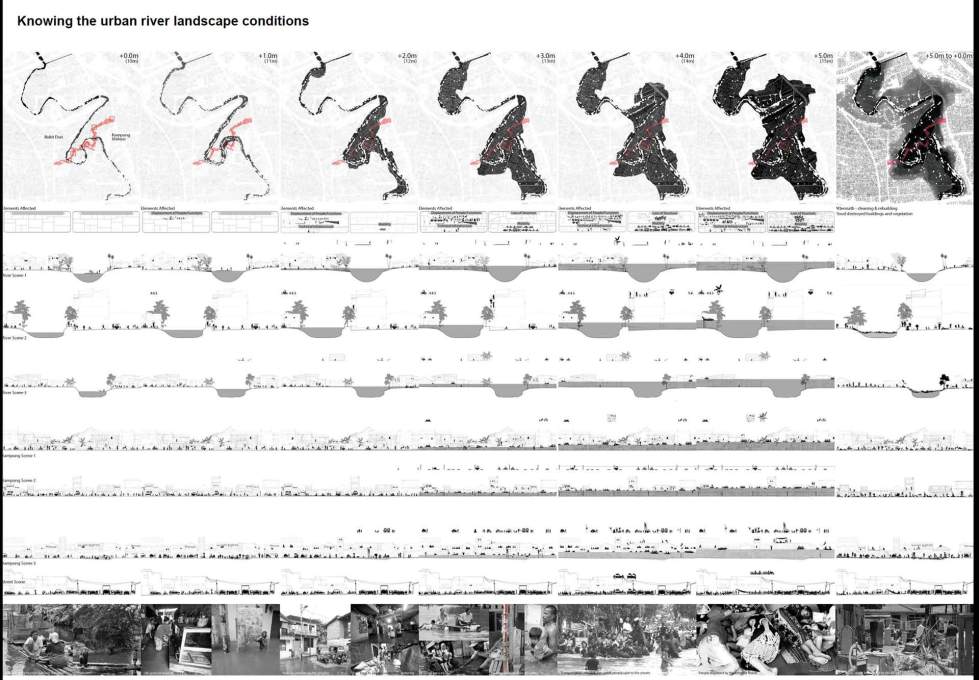With an estimated three billion people living in nonformal conditions by 2050 – housed in living space constructed outside of any formal structures of land ownership, building standards or utility provision – what role can design and the design professions play in tackling the huge issues of health and welfare this throws up? This was the meaty question tackled head-on at the Metropolis Nonformal: Anticipation conference at the TU Munich. Jessica Bridger reports on an inspiring conference that also had some surprising omissions.
Anticipating the future needs and living circumstances of three billion people living outside of formal conditions is clearly not a simple task, but it is an urgent one. The November 2013 TU Munich symposium Metropolis Nonformal: Anticipation, led by Professor Christian Werthmann and UN HABITAT’s Claudio Acioly was designed to respond to this crisis of demographics. In a multipronged approach to an almost incomprehensibly large topic – and problem – it brought together international voices to present and discuss ideas on how to handle the massive numbers of people living in informal conditions in global cities, while also launching a new UN Habitat ‘Hub on Informal Urbanism’.
The symposium opened with an expansive, rapid-fire keynote given by Rahul Mehrotra, who provided a human-scale, comprehensible face to the issues by noting that individual instances of informality are quite varied, and as much as there are similar systemic issues as root causes, cases are diverse. Informal settlements represent a pastiche of problems, born of basic human needs, satisfied (or not) through economic and social means. However there was limited geographic variety in the symposium presentations, with informal housing not mentioned in Europe or North America: an omission, perhaps in the face of staggering demographic realities in the developing world. The symposium sought participatory, inclusive models for responses in recognition that typical top-down or bottom-up approaches alone cannot address the sheer scale of the issue.
Deprivation brings human ingenuity to the fore as people struggle for basic housing, health and welfare. There is something broadly compelling about this and what it helps create – witness popular (and populist) exhibitions like the Smithsonian Cooper Hewitt’s Design for the Other 90% presented by curator Cynthia Smith at Metropolis Nonformal. On the whole growing public interest in ‘other’ ways of living, building and self-organising is positive, although this curiosity has also led to ‘slum tourism’ and the valorisation of squalor at a romanticised distance: both in questionable moral/ethical standing. Fortunately a formidable collection of individuals are actively addressing informal settlement – people who want to act and not merely gawk at ingenious solutions for sewage and shop at colourful craft markets. Metropolis Nonformal: Anticipation brought some of these people together, and where it was most successful presented two main currents of engagement open to architecture, landscape architecture, urban design and planning: built projects and research / representation.
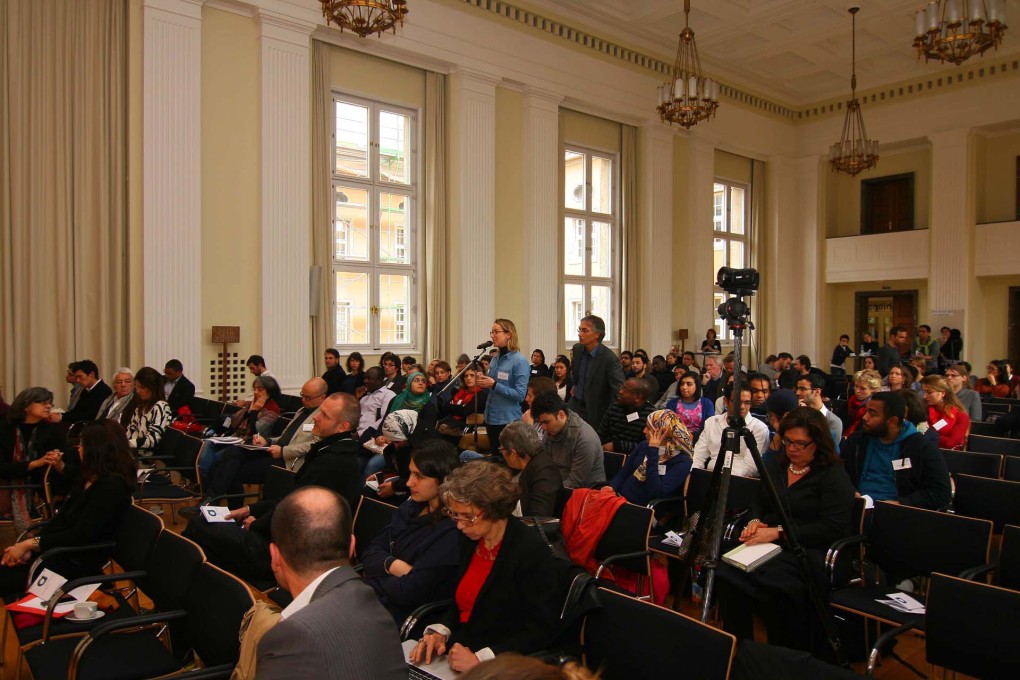
The first, the more ‘traditional’ built projects, were presented to best effect in an amazing talk by Reinhard Goethert, professor of architecture at MIT and advisor to a range of governments and institutions over a career spanning many decades, best known for being involved in ‘site and services’ and incremental design approaches. Goethert’s work uses a flexible, piece-by-part system to get to supply basic housing provision at a large scale. Along with presentations by Alejando Echeverri and Rahul Mehrotra, one could take some solace that there are impactful responses, though as Mehrotra soberingly noted: “I know it is not solvable. I should say that right away.” But the work of another speaker, Maria Teresa Diniz in Brazil, who leads a team who’ve developed the design guidelines for slum upgrading and social housing projects in São Paulo, demonstrated how the engagement of individuals can still have considerable power.
The second strain of design profession engagement, through research / representation, addresses the need for finding ‘solutions to the unsolvable’ in a creative way. While the architectural disciplines and planning are tasked with the design of physical responses, they are also well suited to interdisciplinary research and representation. Professor Jörg Rekittke presented research where mapping and investigating urban settlement patterns in relationship with landscape structures created an essential understanding of place that many of us, in more formalised contexts, take completely for granted. The research vein also included venerable figures like sociologist Janice Perelman, who has done a decades-long, multi-generational study in Brazil. Sometimes knowing what you don’t know is as good or better than building what you do: and architecture, beholden to the burden of action, does well to observe examples from other fields less tied down.
Many presentations were compelling and even inspiring, yet at the same time it seemed like the design disciplines sit somewhat aside, and often in willful denial, of the major forces creating the undesirable conditions: economics and politics. Architecture depends on patrons with considerable power and financial resources. Designers can have all the (good) intentions in the world, but they are service providers, beholden to clients and at the whim of economic and political systems. Naiive slogans (“Architecture changes lives!”) seem to often outweigh realistic recognition. A bit late in the program, on the second day, a presentation by economist Martim Smolka outlined some of these underlying structural challenges, whilst the urbanist Edgar Pieterse closed the formal part of the symposium with a riveting case for the need for more empirical and interdisciplinary examination of root causes/forces, using systematic research approaches.
While no clear outcome of Metropolis Nonformal: Anticipation emerged, the rich variety of presentations and discussions demonstrated the growing momentum, as well as developing mechanisms, for viable design-based responses to the issues. Once design connects more of these veins of involvement to the larger underlying structures and systems, acting at scale, there is a hint of the possibility for change.
– Jessica Bridger, based in Berlin, Germany, works as an urbanist, journalist and consultant on projects related to the built environment. She is uncube's contributing editor. www.jessicabridger.com




